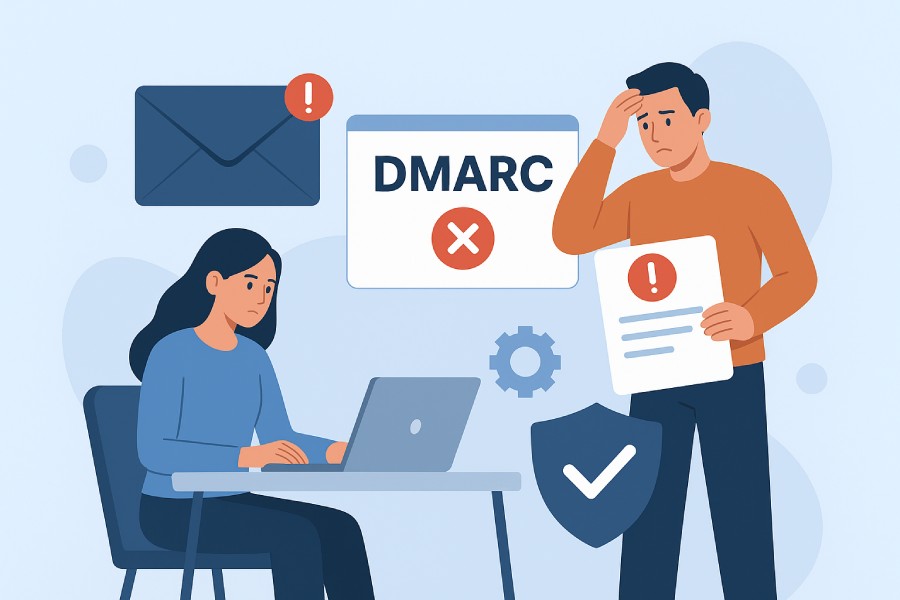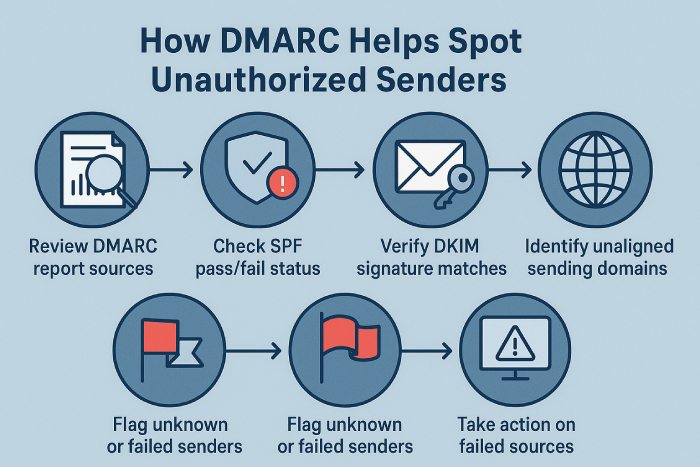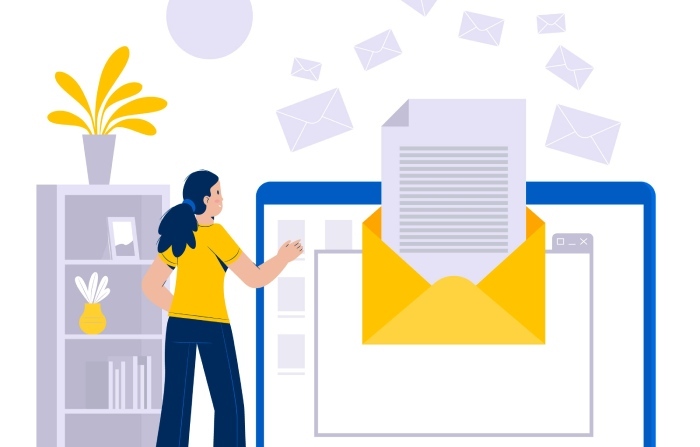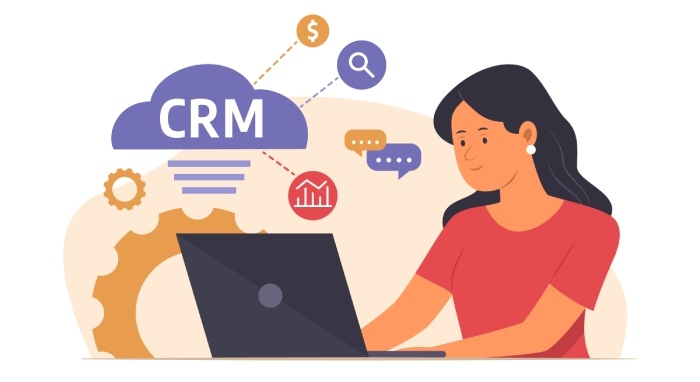What happens when you misconfigure DMARC for your domain?
As email-based cyberattacks become more frequent and severe, authenticating your email-sending domains is now a non-negotiable.
This means that you must implement authentication protocols like SPF, DKIM, and DMARC for your domain so that the receiving servers know that the email is indeed coming from you, a trusted source, and hasn’t been tampered with along the way.
But implementing these protocols, particularly DMARC, does not mean you do it hastily or without proper understanding. While you might be tempted to set up DMARC and protect your domain as quickly and as strictly as possible, doing so without fully understanding its nuances can have unintended consequences.
If DMARC is not configured properly for your domain, it might end up blocking your own legitimate emails, disrupting business-critical communication, and damaging your domain’s reputation.
In this article, we will learn about the consequences of DMARC misconfiguration and how you can fix it.
Why do you even need DMARC?
We hate to break it to you, but your emails aren’t inherently secure, especially when attackers are always finding new ways to stay a step ahead and dupe unsuspecting users. To mitigate this risk, you need a system that can verify whether an email truly comes from your domain, and that’s exactly what DMARC does.
Here’s why you need DMARC to safeguard your email ecosystem:
Protects your domain from email spoofing
If you don’t authenticate your domain with DMARC, anyone can send emails on your behalf, and the worst part is, they can make it look like those emails are actually coming from you.
Attackers often take advantage of this to send fake invoices, phishing links, or urgent requests that seem to come from a trusted sender within your organization. DMARC helps stop this by checking if the email actually came from your approved sources. If not, it gets blocked or sent to spam.
Reinforces your brand’s credibility
When your emails are properly authenticated with DMARC, they’re more likely to land in the inbox instead of spam. That helps your recipients notice your messages and trust that they’re really from you. Over time, this builds credibility for your brand because your emails consistently show up as safe and genuine. DMARC helps you maintain that trust every time you hit the send button.
Gives you visibility and control over domain activity
Unless you don’t know what’s going on what’s going on with your domain, there is no point trying to protect it. Moreover, to fully protect your domain, it is essential that you identify who’s sending emails on your behalf, whether they are even legitimate, or are attackers pretending to be you?
DMARC helps you find that out. It gives you reports that tell which sources are passing authentication and which ones aren’t. This lets you spot unauthorized senders, fix any issues with genuine ones, and make sure only trusted systems are allowed to use your domain.
What happens when you misconfigure DMARC?
Given the impact of DMARC, it is important to implement it carefully. If anything goes wrong, it might affect your domain’s deliverability or even your reputation.
Here’s all that could go wrong if your DMARC setup is not proper:
Your legitimate emails get lost or remain undelivered
One of the biggest risks of misconfigured DMARC is that your genuine emails might never reach the recipient’s inbox. The problem is, if your outgoing emails aren’t properly aligned with SPF and DKIM, receiving mail servers may not recognize them as legitimate.
As a result, your messages can get flagged as suspicious, land in spam, or be rejected altogether. This can prevent your important emails from reaching their destination.
Missed revenue from preventable attacks
If your DMARC isn’t set up right, attackers can use your domain to send fake emails that look real. They might trick your customers or partners into paying fake invoices or sharing sensitive details. These losses are easily preventable, but when your authentication protocol isn’t correctly configured, your domain becomes an easy target. With the right DMARC setup, you can stop these fake emails before they reach anyone and protect your business from avoidable financial damage.
Operational inefficiencies
DMARC misconfiguration not only leads to direct financial losses but also can mess up your day-to-day operations. Let’s say, when even your legitimate email gets blocked or ends up in the spam folder, your team might have to spend hours trying to figure out why messages aren’t getting through. Worse, if someone spoofs your domain and sends fake emails, your staff ends up managing complaints, clarifying what’s authentic, and repairing relationships.
What makes DMARC configuration so challenging?
On the surface, it might seem like DMARC configuration only involves creating a DMARC record and publishing it with the right DMARC policy in your DNS. But in reality, it is not as simple as it sounds.
The real challenge comes when you have to manage all the systems and platforms that send emails on your behalf, be it a marketing tool, CRM platform, or even a payment gateway service. Each of these needs to be aligned with SPF and DKIM, and if you miss anything, your deliverability might go out for a toss.
It does not end here. Another challenge is the technical nuances that you and your team might not be equipped to handle. From interpreting raw DMARC reports and tracking authentication failures to maintaining alignment across multiple domains, DMARC involves a lot more than just setting up a DMARC policy.
It is clear that implementing DMARC is not as simple as it sounds, and most importantly, you cannot afford to get it wrong or even delay it. This is why it is important that you rely on the right team to do it all for you!
If you are struggling to keep up with the technicalities and the ongoing management, DuoCircle is here to make DMARC implementation and management a breeze for you! Get in touch with us today, and we will take care of everything, right from DMARC implementation to reporting and management.





